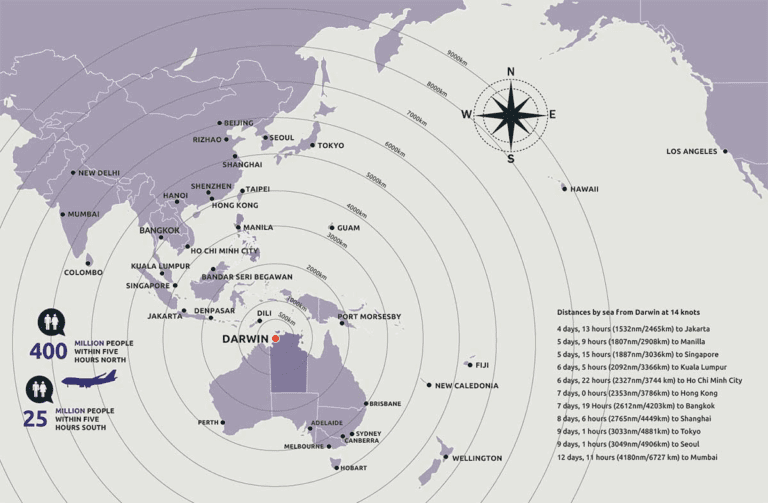
BAE Systems plc is a British multinational arms, security, and aerospace company based in London, England. It is the largest defence contractor in Europe, and ranked the seventh-largest in the world based on applicable 2021 revenues. As of 2017, it is the biggest manufacturer in Britain.










